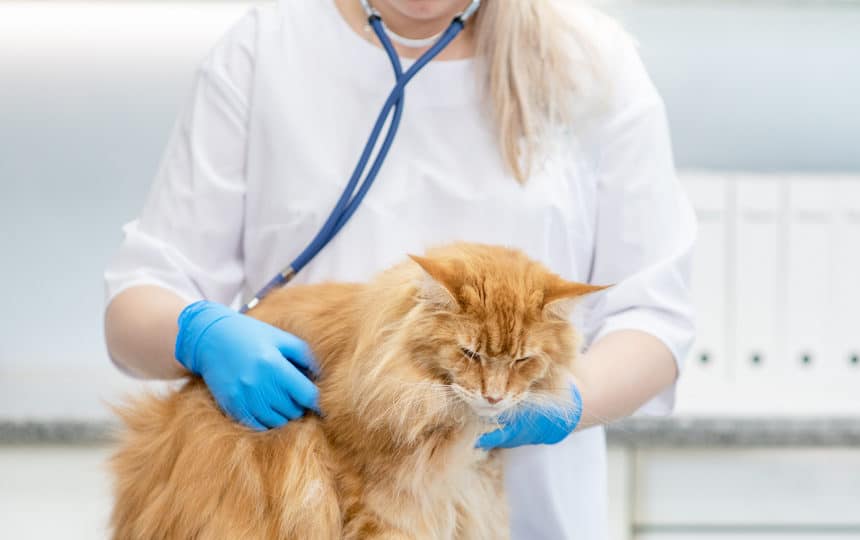Once practiced by a handful of vets and therapists, canine rehab is now a recognized field in veterinary medicine – and offers a growing number of options to patients.
Prince is a six-year -old husky mix who came to our rehab facility after having surgery for a cervical disc. He was paralyzed in all four limbs and extremely weak. His family had to carry him everywhere and were wondering about placing him in a quad cart. A rehab regime incorporating hydrotherapy, acupuncture, exercises, laser and ultrasound were all used to help Prince. After many weeks, he made a full recovery.
Canine rehabilitation is a relatively new field in veterinary medicine. During its humble beginnings in the early 1990s, only a handful of veterinarians and physical therapists offered it.
Now, more than 600 practices in the US alone do rehabilitation therapy of some form. Many veterinary schools have canine rehabilitation facilities, and veterinary students receive some training in rehab as part of their curriculum. The American Veterinary Medical Association has recognized rehabilitation as a boarded specialty, and the American College of Veterinary Sports Medicine and Rehabilitation is the newest college added to the specialty boards. Professionals can even get certification in Canine Rehabilitation and Sports Medicine.
What conditions can rehab help with?
Many patients benefit from rehabilitation therapy, but here are the ones we commonly see:
• Post-surgical or post-trauma patients, either orthopedic or neurological
• Dogs with non-surgical intervertebral disc with pain or paresis, fibrocartilagenous embolism (FCE), or spinal cord disease
• Dogs with osteoarthritis
• Geriatric dogs with neurological deficits or degenerative joint disease
• Patients with vestibular disease
• obese dogs that need to lose weight
• Patients in need of wound or pain management
• Dogs with gait abnormalities caused by traumatic or congenital musculoskeletal problems
• Canine athletes in need of conditioning, injury prevention or treatment
Focus on soft tissue
Despite what you might think, the focus of canine rehabilitation is on soft tissue rather than bones and joints. Treatment goals are functional, designed to optimize movement and quality of life for the patient. Certified rehabilitation professionals complete many hours of coursework and hands-on training. They perform in-depth evaluations of each patient, manage treatment, and objectively measure progress. They use specialized tests to look for soft tissue abnormalities, and precise instruments to measure joint rotation and range of motion.
Recent advances
There have been many advances in rehabilitation over the last five years.
1. Regenerative medicine or stem cell therapy has been added to a number of rehabilitation practices. It is used mainly to treat arthritis in aging animals, but there is some investigation being done into other uses. The procedure involves harvesting fat or bone marrow cells, processing them in the clinic or through an outside lab to activate the stem cells found in these tissues, then injecting them into affected joints. The stem cells are frequently mixed with platelet rich plasma or PRP. ongoing research with PRP is looking into whether injections of this substance alone will give similar results to stem cell injections, while offering the advantages of a less invasive and less expensive procedure.
2. Extracorporeal shock wave therapy (ECSWT) is a new modality used in canine rehab. The shock waves are high-energy focused sound waves generated outside the body that can be focused at a specific site within the body. In human medicine, this therapy has been used for over 25 years to break up kidney stones and gallstones (lithotripsy) without invasive surgery. In dogs, it can be used to treat arthritis and other musculoskeletal disorders. The shock waves appear to relieve pain and stimulate healing within the injured tissue, although the mechanism behind these effects is unclear. Researchers believe ECSWT stimulates the body’s own mechanisms to speed healing by, in part, increasing vascularization (blood supply) to the area being treated, resulting in increased bone growth, cartilage synthesis and absorption of unwanted bone spurs and calcium deposits. The treatment is painful and needs to be done under general anesthesia or heavy sedation. The dog is usually sore for 12 to 24 hours afterwards and three treatments are usually needed. ECSWT has been extremely useful for conditions like elbow or shoulder arthritis in dogs.
3. Laser therapy has also increased in popularity over the last five years. At one time, the choices for therapy lasers were limited, but now there are multiple companies with multiple lasers to select from. Lasers are used to treat pain, superficial wounds, ligament and tendon injuries, contractures and scars, bursitis, arthritis and hematomas, and can be used on acupuncture points. Research shows that pain relief is due to anti-inflammatory mechanisms similar to non-steroidal anti-inflammatory drugs (like aspirin). Laser therapy has the ability to reduce oxidative stress and improve angiogenesis (tissue healing); augment collagen synthesis and skeletal repair (bones, cartilage, ligaments and tendons); and reduce nerve firing (for pain control). Research comparing laser and ultrasound shows very similar results for increasing fibroblastic activity, collagen synthesis and tendon healing. The big advantage of laser over ultrasound is that no shaving or messy gel are needed, and less time is required for treatment.
4. There has also been an increase in the number of clients requesting alternative treatments such as acupuncture and chiropractic for animals that need rehabilitation. Many of these patients have neurological disease, and conventional medicine offers little hope beyond cortisone. Rehabilitation therapy that includes acupuncture works well to stimulate the nervous system, increase the immune response, activate stem cells and bring healing factors and the body’s own pain killers to the injured area. Dogs with FCE and paralysis are now frequently referred to rehabilitation centers for therapy and acupuncture.
Conditioning for sporting dogs, and weight loss programs for obese animals, have also become more popular. Many canine athletes participate in exercise programs supervised by canine rehabilitation professionals, in an attempt to prevent injuries. Working on core strength and endurance conditioning through exercise ball work and swimming has become popular with these athletes. The same kind of conditioning is being used to rehabilitate obese dogs and further their weight loss. In fact, weight loss programs have become commonplace in rehabilitation centers.








